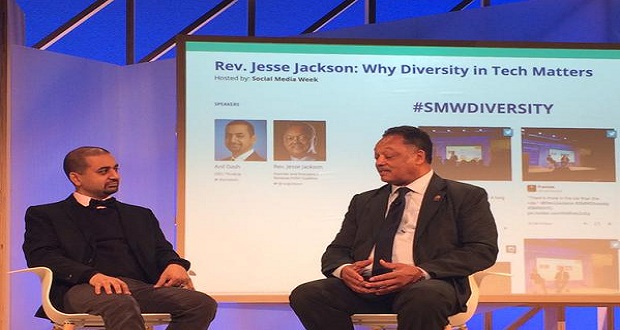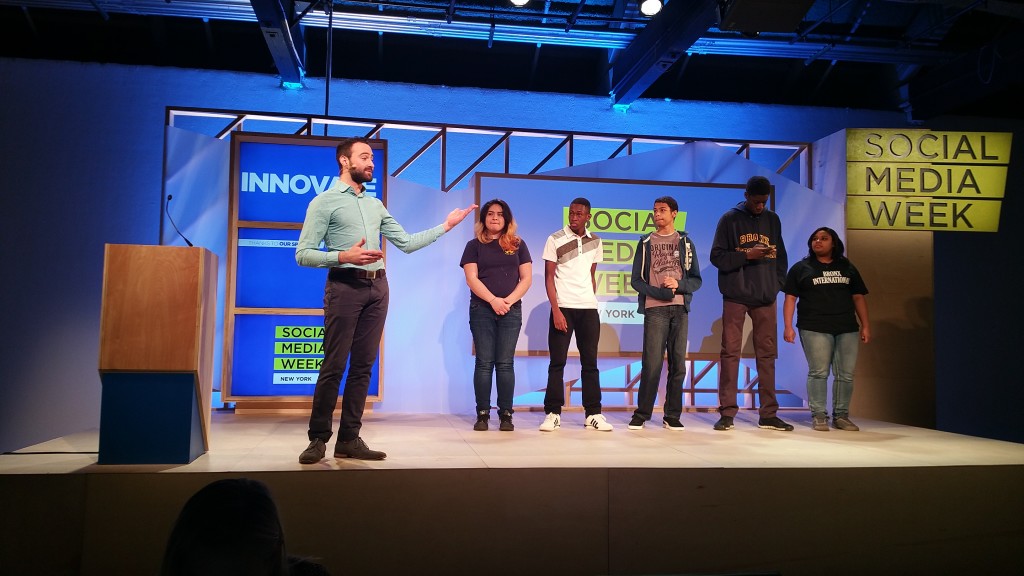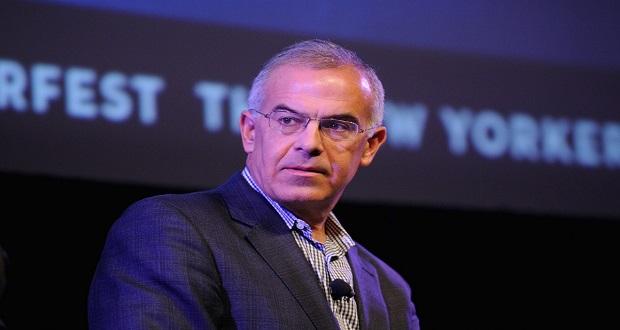
Several weeks ago I wrote about the importance of diversity and inclusion work in technology in light of troubling statistics from the industry’s leaders. Google has led the charge of revealing the hard numbers on their diversity problems and now other tech giants have followed suit. It is now no secret that technology’s black box is alarmingly white. So, now what do we do about it?
As I write this post, I am reflecting on a session at New York’s Social Media Week earlier this morning by Reverend Jesse Jackson on “Why Diversity in Tech Matters.” I was honored to be a part of this session and I was encouraged to hear Reverend Jackson heralding the importance of diversity and inclusion work in technology. Many credit him with being one of the first voices to bring the call of inclusion to tech giants like Google, Facebook, Twitter and EBay. His infectious spirit and rhetorical prowess made his words land with extra punch. At one point during the session, the hashtag #SMWDiversity was number three on the world’s trending topics on Twitter. Jackson drew on his experience as a Civil Rights leader, to make several connections to why fighting for diversity in tech is so vital. He began by highlighting how technology is now the fastest growing industry, and like the cotton mills of the past, has excluded people of color from participating as creators. Jackson emphasized the injustice by pointing to the statistics that show that people of color are influential consumers of technology, but have largely been cut off from creating it. My favorite quote from the session was Jackson describing why inclusion in technology is so vital saying, “We didn’t know how good baseball could be until we allowed everyone to play it.”

C/I Students at New York’s Social Media Week
The session ended on a high note however, when a local organization from the Bronx introduced a team of teens from underserved neighborhoods that are learning to code and create apps. The organization is called C/I and they’re dedicated to addressing inequalities in technology by training students in computing and leadership in order to set them up for successful careers in the future. In the session, the students presented an app that they built for their community called “Know Your Neighbor”, which allows people in the same building or neighborhood to connect with one another in meaningful ways. It was beautiful to see the creativity and humanity that is unleashed when people are free to create technologies by themselves—and for themselves. I encourage you to follow C/I at www.wear.ci and follow them on Twitter here. It is organizations like these that show us that when we open up technology’s black (white) box, and allow black and brown people of all walks of life to participate, we will be much closer to living in a more inclusive technological world.


















